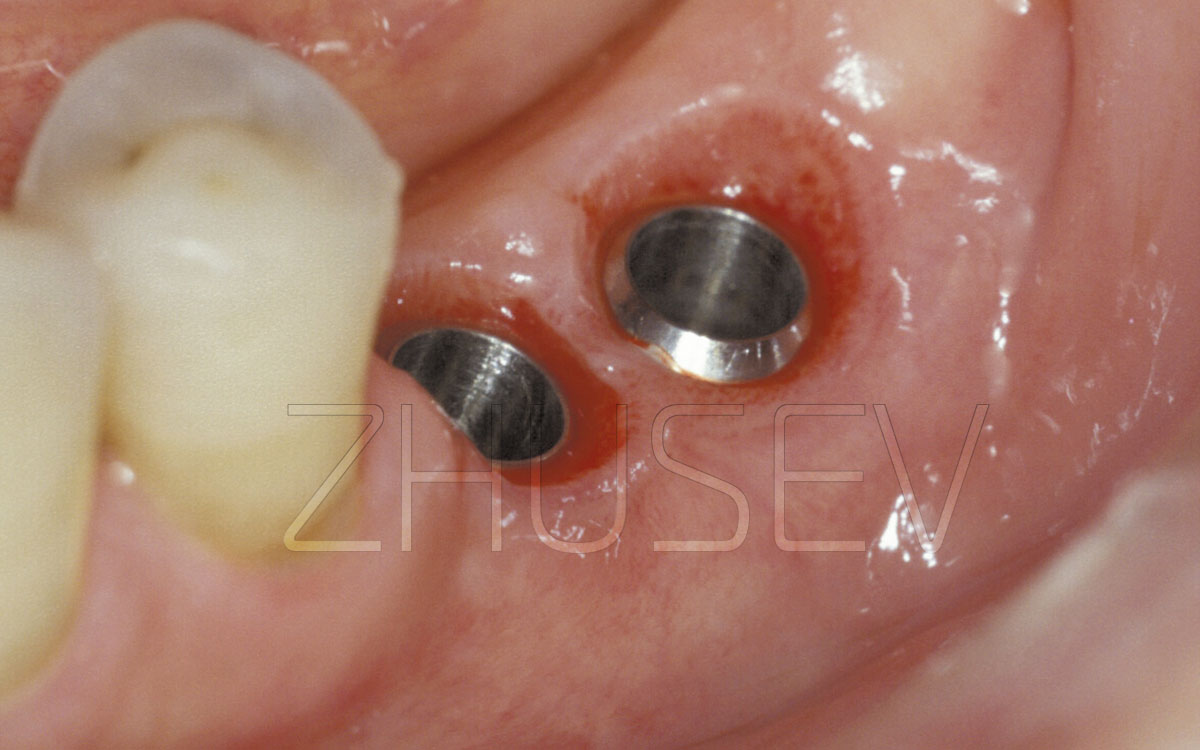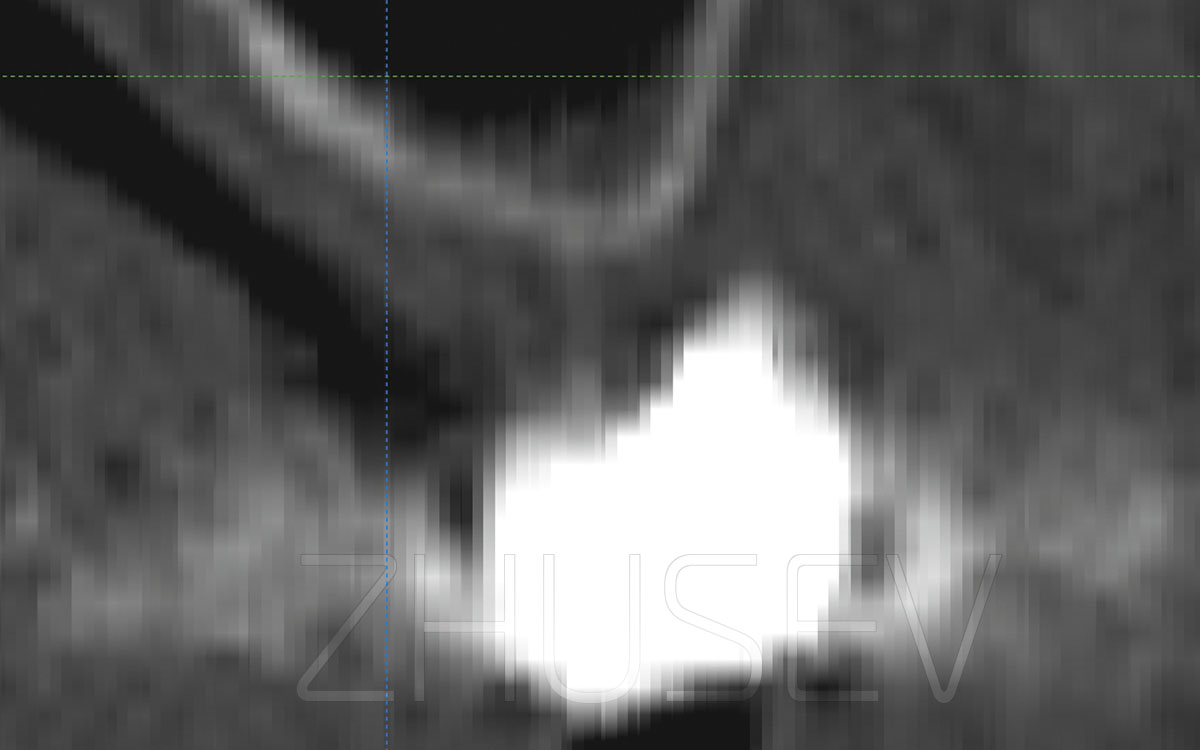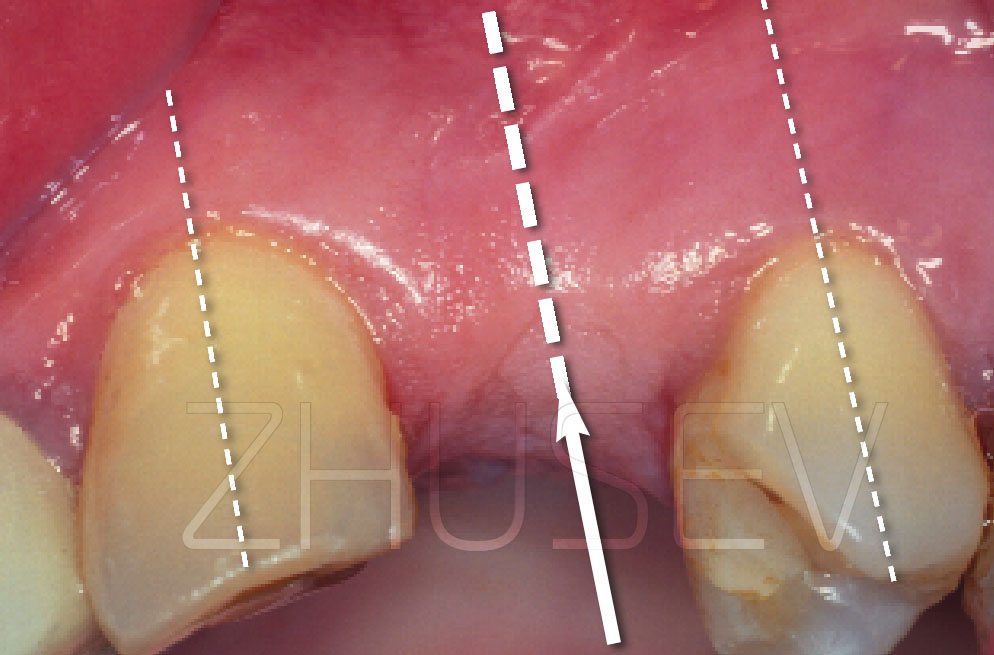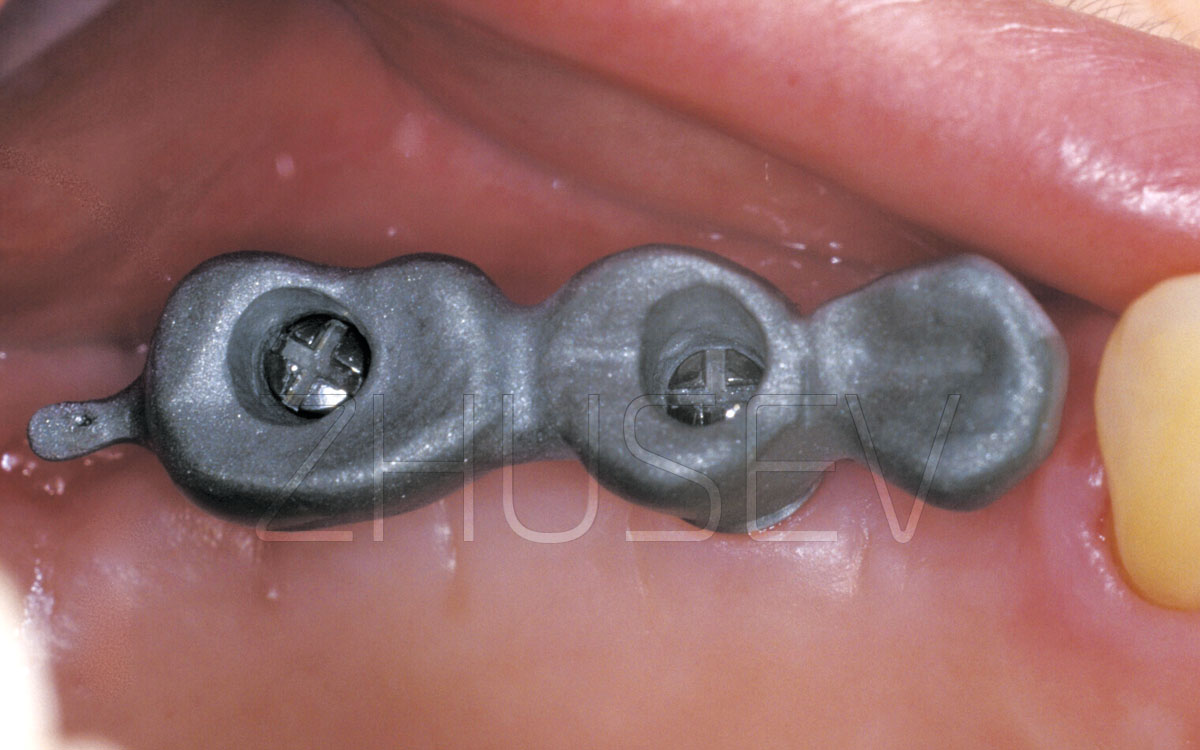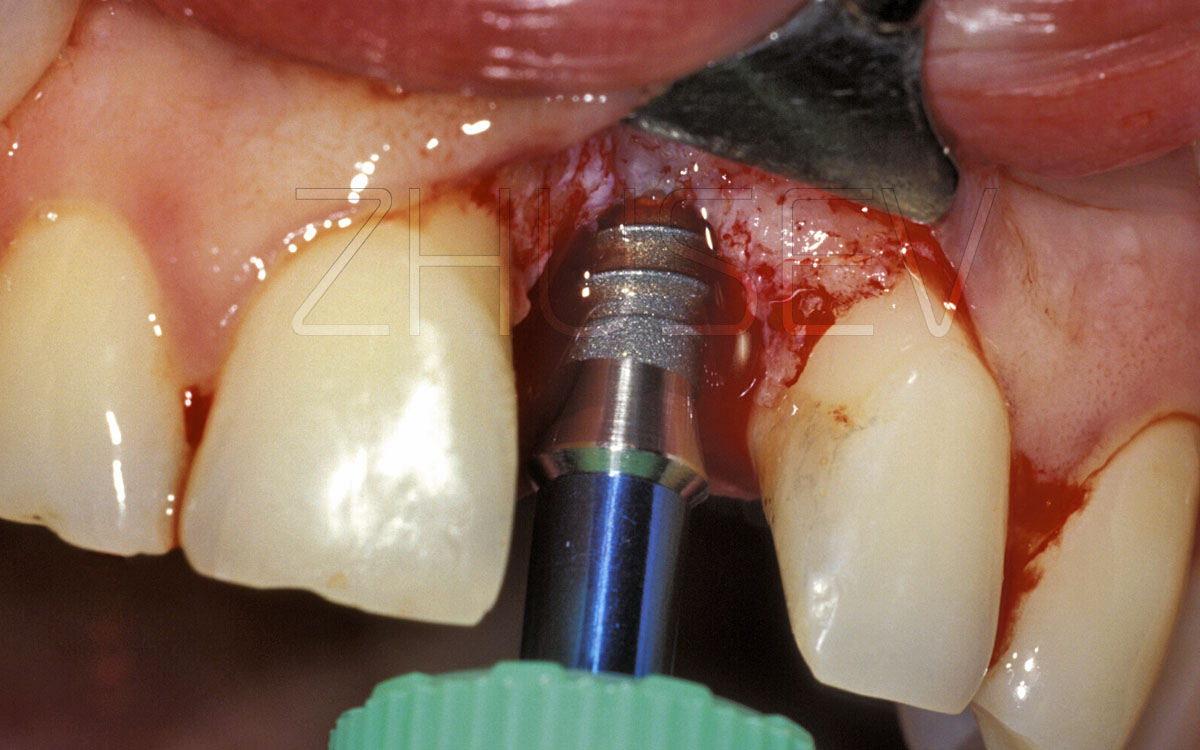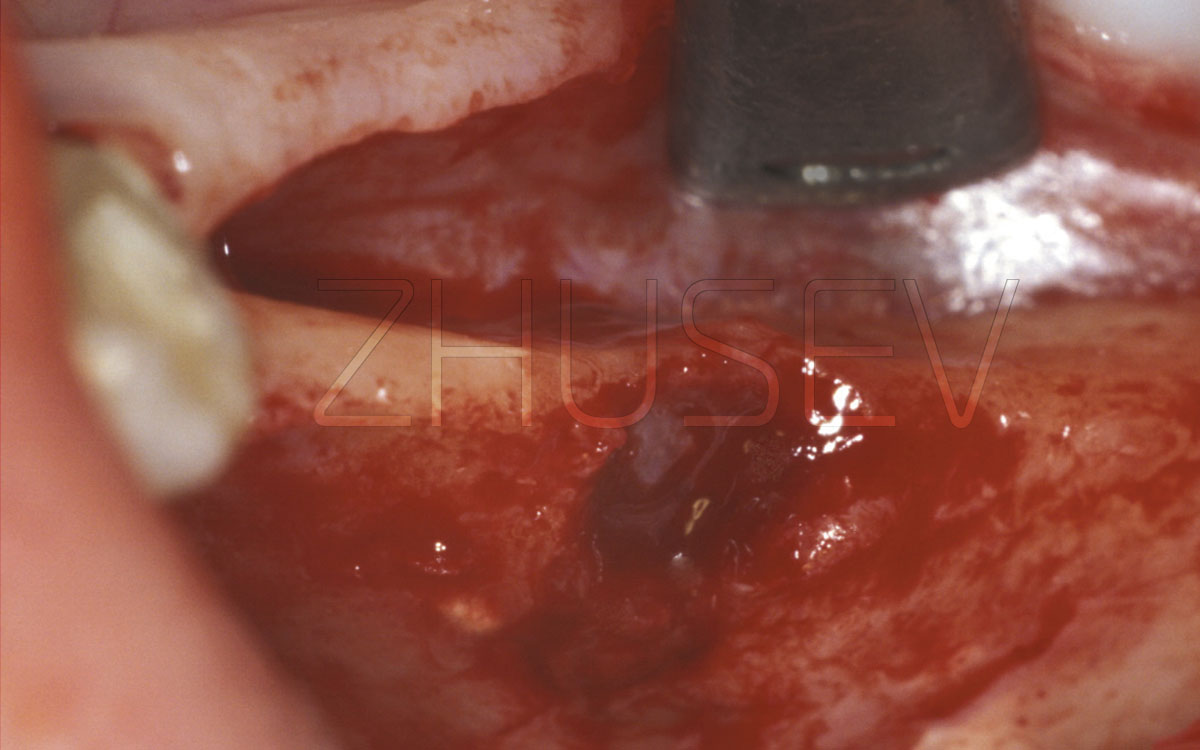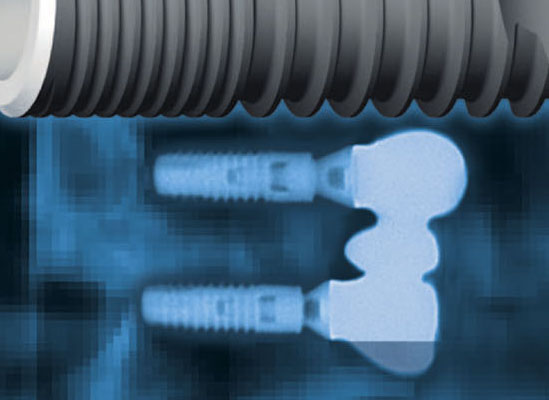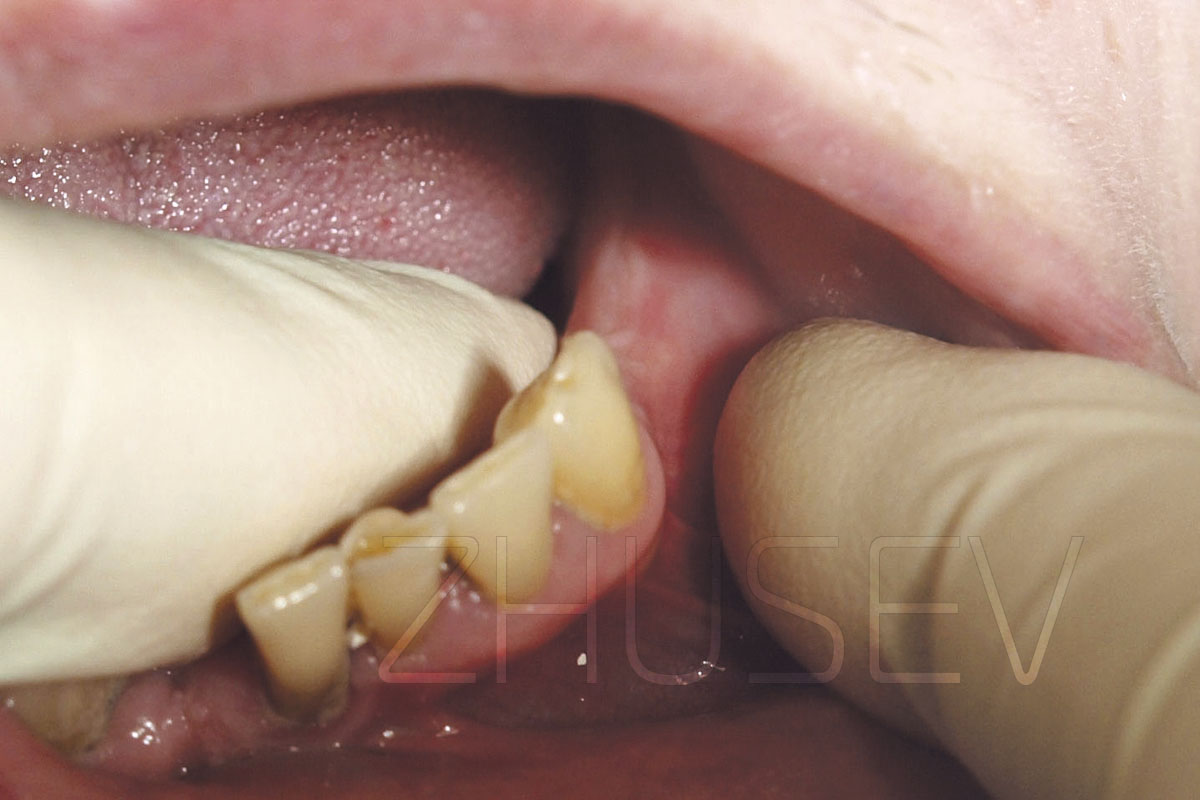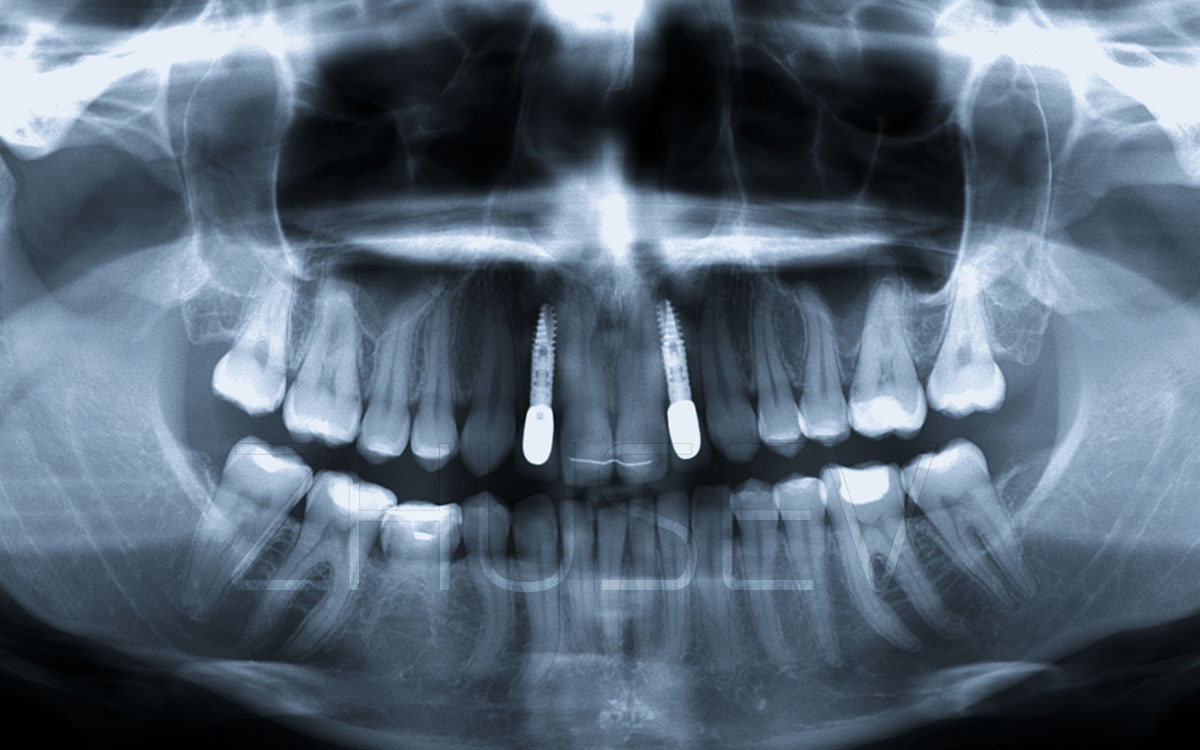4.6
Paresthesia of the inferior dental nerve
Paresthesia of the inferior dental nerve Paresthesia of the inferior dental nerve Paresthesia of the inferior dental nerve Paresthesia of the inferior dental nerve Paresthesia of the inferior dental nerve Paresthesia of the inferior dental nerve Paresthesia of the inferior dental nerve
Paresthesia of the inferior dental nerve is characterized with loss of sensitivity in the mandibular area, the lower lip and the angle of the mouth at one side. It appears as a rule because of damage (trauma) caused during the surgery procedure, or by either partial or full implant compressing.
Unfortunately, even with all the necessary diagnostic equipment and surgical facilities available, and considerable skill, you cannot get this unpleasant complication entirely excluded.
The paresthesia diagnostics is mainly based on the patient’s complaints! Periapical orthopantomographical images and even CT results do not always allow interpreting the situation properly. Many times I have faced the clinical cases, where the X-ray image reveals that the implant is overlaying on the inferior dental canal projection, and there is not the slightest evidence of paresthesia in the patient. And vice versa, the symptoms of numbness are evident. But according to all X-ray data available, the distance from the implant to the nerve was not less than 2-3 mm!
If the nerve’s damage is discovered just in the process of the surgery procedure and this is related to the large length of the implant, it is necessary to use an implant 2-3 mm shorter and to cover the perforation place with a cap.
That’s why as soon as the patient starts complaining about such things, it is necessary to act immediately! Don’t waste time! The earlier and more actively you start treatment, the earlier you will see the result! So what can we do if the patient complains of paresthesia?
- facial massage for 10-14 days;
- physiotherapy treatment (D'Arsonval, UHF treatment, etc.);
- Neuromultivit (during the first two weeks 1 pill 2 times a day, and during the next 2-3 weeks – 1 pill a day);
- Traumeel-S (1 pill 3 times a day within 3-4 weeks);
- Traumeel ointment [2-3 times per day within 3-4 weeks);
- Вгуасопееl (1 pill 3 times a day under a tongue within 3-4 weeks).
Remember that the nerve sensibility restoration is a long process! The given treatment setting can even last up to 2-3 months.
Practical experience has proven that when the treatment described above is started just within the first month, the paresthesia area decreases noticeably, and in a little more time the patients stop paying attention to this phenomenon.
4.6-1
Pay attention to the inferior dental canal topography and a good visible «crank» in the mesial direction. With this height of the bone even after augmentation, high possibility of paresthesia development after the implantation is preserved.
4.6-2
The implant «shuts off» the inferior dental canal. Actually, this is just an overlap. There is neither nerve damage, nor paresthesia here. This X-ray image is taken 8 years after the surgery, when the patient wanted to have an implant installed in the area of tooth 16.
4.6-3
In this case, this X-ray image shows just a spot contact between the implant and the nerve. However, the patient has paresthesia with periodic pain symptoms.
4.6-4
This CT image in all of its projections shows partial squeezing of the inferior dental nerve with the implant. Yet, the patient makes no complaints.
4.6-5
Two implants have been installed during one surgical procedure. On the right, paresthesia developed. On the left, it didn’t. The treatment was started on the 8-th day after the surgery. Paresthesia symptoms completely disappeared only in 14 months.
4.6-6
In this case, 2 implants were installed in the area of teeth 48 и 47. In spite of the patient’s complaints, the decision to extract implant 47 was made only 2,5 months after the surgery. By that time, the implant had already integrated and while being extracted «pulled» away with it a neurovascular stem nearby.

